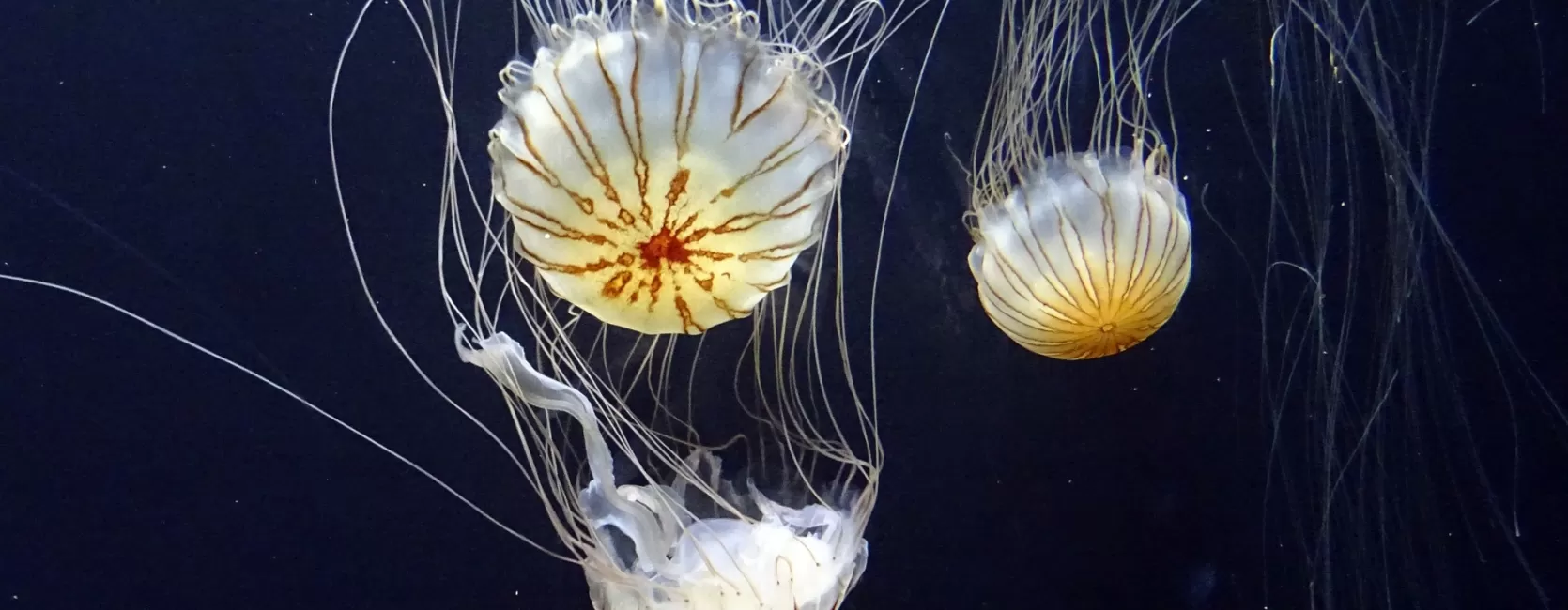Image


The Encyclopedia of Life (EOL) is an international effort, led by the Smithsonian Institution’s National Museum of Natural History, to raise awareness and understanding of living nature by providing free, open, multilingual, digital access to trusted information on all known species. EOL can be found on the web here.
Founded in 2008 through grants from the John D. and Catherine T. MacArthur Foundation and the Alfred P. Sloan Foundation, EOL has grown to become one of the world’s largest free digital biodiversity information resources, with curated information on nearly 2 million species.
EOL has developed both the technical infrastructure and the expertise needed to support the large scale recruitment, integration, and dissemination of structured biodiversity data. EOL offers researchers, collections managers, policy workers, students, and other stakeholders new ways to understand living nature in the lab, in the field, and in classrooms via a desktop or mobile phone browser.
Launched in November 2018, the new EOL platform features advanced capabilities for trait terms management, supporting definitions for and relationships among terms (eg: body size, body mass, has-predator, preys-on), including subclasses and synonyms. This is important because trait terminology is innately heterogeneous, with widely different vocabularies applied by researchers through the long history of biodiversity research. Without robust terms management it would be impossible to integrate trait sources from different providers at the scope and scale our users require.
The new EOL terms graph supports discovery and computation over a very large mixed dataset of attributes for millions of species. For instance, sanguivores (organisms that feed on blood) can be identified by a search for the term “sanguivores”, but they would also be included in more general searches for “fluid feeders” or “secondary consumers”. The EOL terms graph allows users to combine search terms as well, a capability made possible by EOL’s robust terms management system.
As many areas of the biodiversity trait space are not yet well documented in the literature, EOL selectively employ inference of likely characteristics through phylogenetic branch painting of computable data across the Tree of Life. For example, only a few species in the family Cupedidae have been studied, but specialists assume that most if not all family members feed on wood. We can therefore paint a putative “trophic guild = xylophage” assignment from the family out to all species that descend from it.
This branch painting approach is supported by a continuously curated EOL taxonomic hierarchy leveraging classification providers like the Catalog of Life , National Center for Biotechnology Information, and the Open Tree of Life, but subject to quick and easy patching from new publications and other sources that update frequently. Leveraging and combining many available taxonomic resources is particularly important for speciose and poorly studied groups like arthropods, which are not comprehensively covered by any single classification provider.
Taken together, these capabilities allow users to search and compute across the Tree of Life at a trait level, a powerful and unique new biodiversity informatics tool with many different experimental and practical applications.
EOL trait data can be accessed by human searchers through a faceted search interface with data download, and also by machines through an application programming interface (API). Both methods leverage EOL curated terms relationships and taxonomic relationships.
All data hosted by EOL is freely available for re-use by anyone.
EOL welcomes collaborations that allow us to expand the range and depth of content in EOL, with a focus on growing our coverage of biodiversity trait data and increasing our impact as a biodiversity research infrastructure. EOL has a long history of participating in NSF grants and other projects as both co-investigators and funded infrastructure. Please contact us here if you would like to discuss opportunities for us to work together.